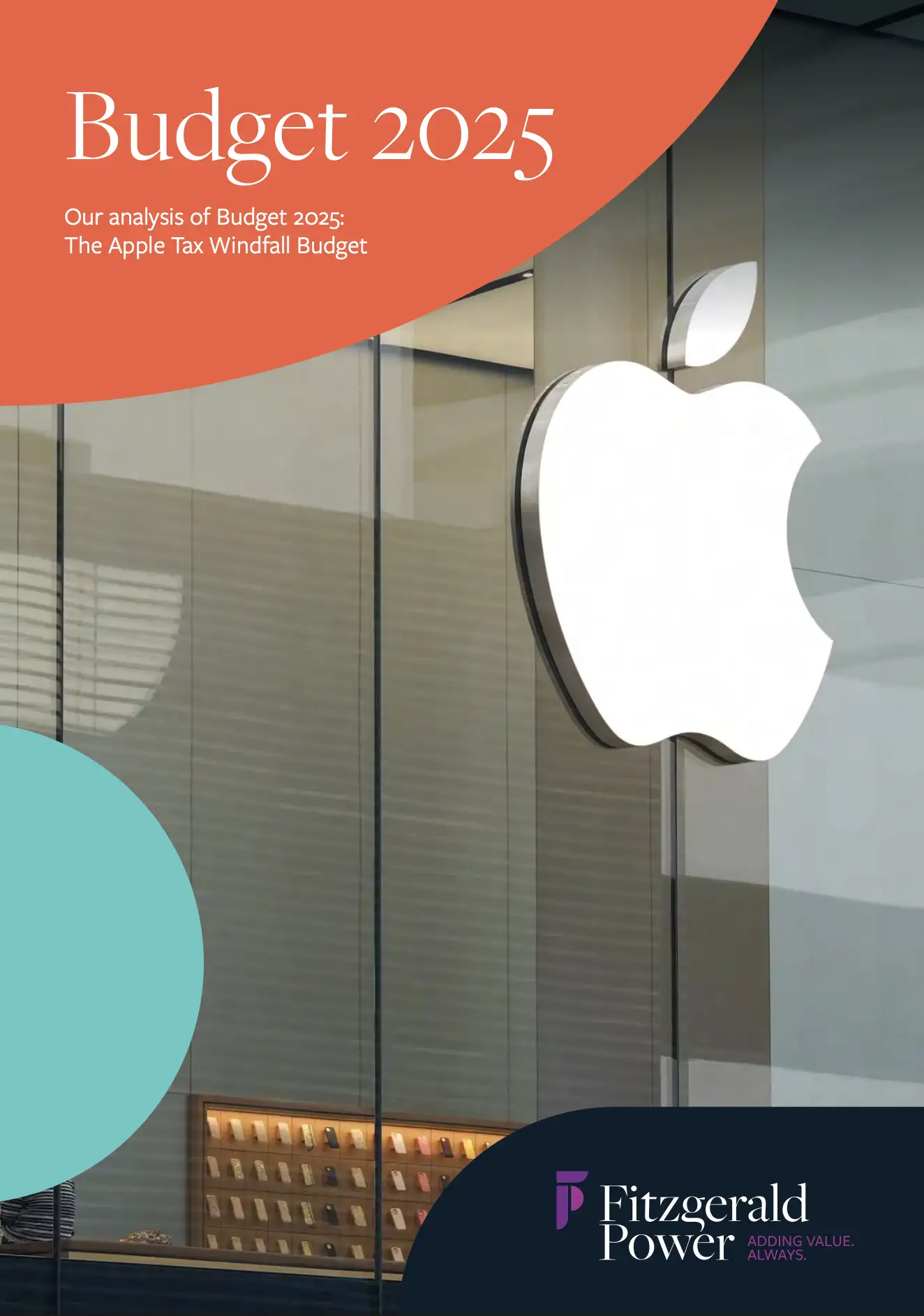Summary Q3 2023
Irish Economic Trends
Gross domestic product (GDP) shrank 1.8% in the third quarter of the year compared to the previous three month period. The contraction in the Irish economy between July and the end of September was driven by lower activity in industries dominated by big multinationals.
Inflation
Inflation in the eurozone was 4.3% in September 2023, a decrease from 5.5% at the end of the previous quarter. Energy prices have continued to fall, dropping 4.7% when compared to the same month last year.
Bond Market
Treasury yields surged in September suggesting that interest rates will remain high well into 2024. The yield on the 10-year US Treasury jumped past 4.5% in September, its highest level in nearly two decades. The yield on the 2-year US Treasury, which tracks expectations for the Federal Reserve’s interest rate policy, jumped above 5% in September.
Irish Economy
The Irish government is at risk of overheating
the economy the Irish Fiscal Advisory Council (IFAC) has warned. The IFAC said there is “little
to no justification for further temporary non-core measures” in an analysis published ahead of the budget, which included core spending increases of €5.2bn and additional temporary spending.
Global Economic Trends
The OECD has projected global GDP growth to be 2.7% in 2024, which is the lowest annual rate since the global financial crisis and the pandemic in 2020. The increase in inflation has led to a decline in real wages for Q3.





